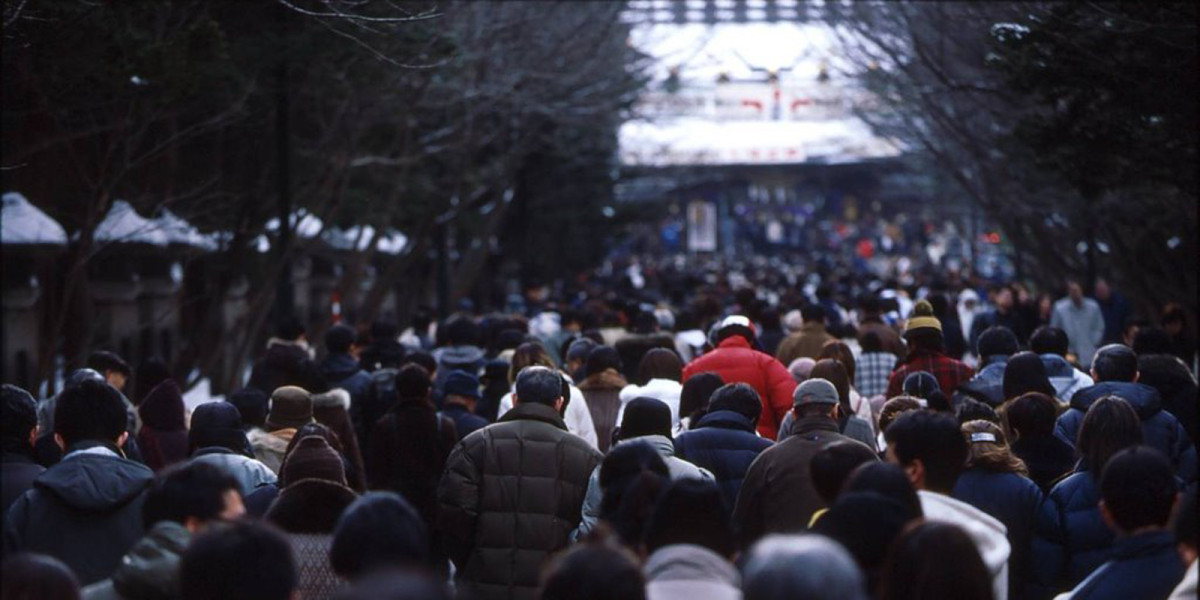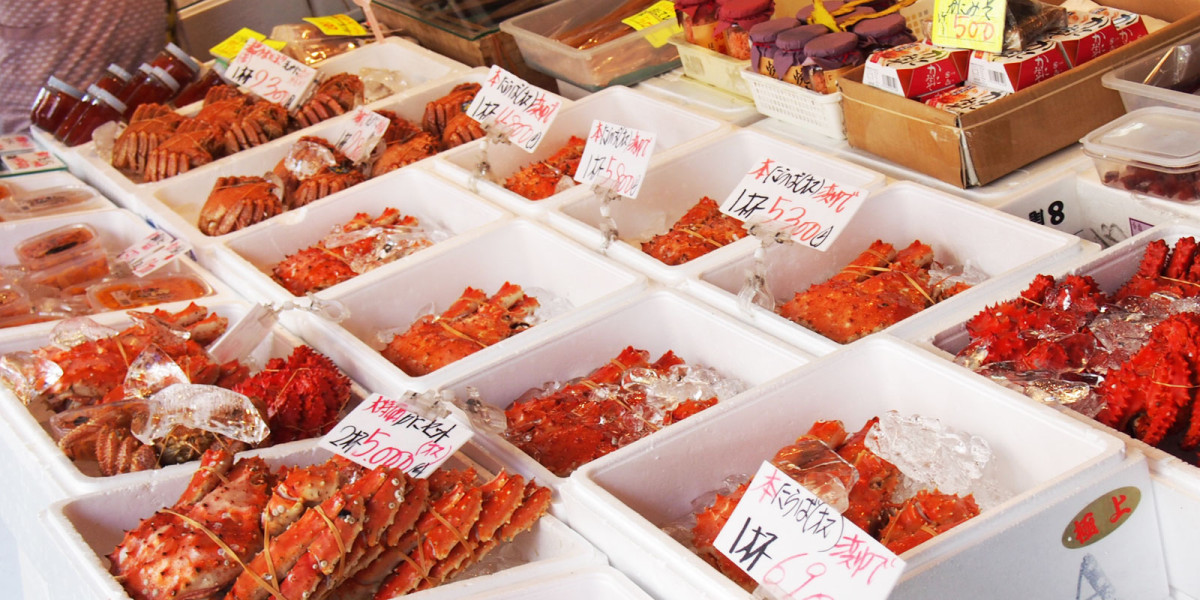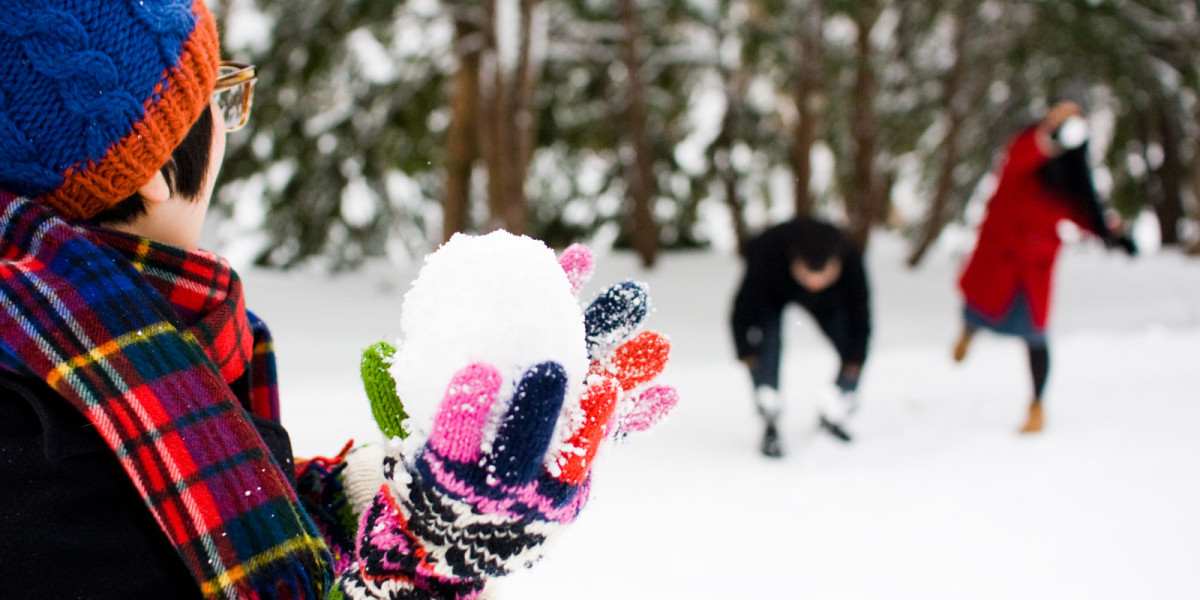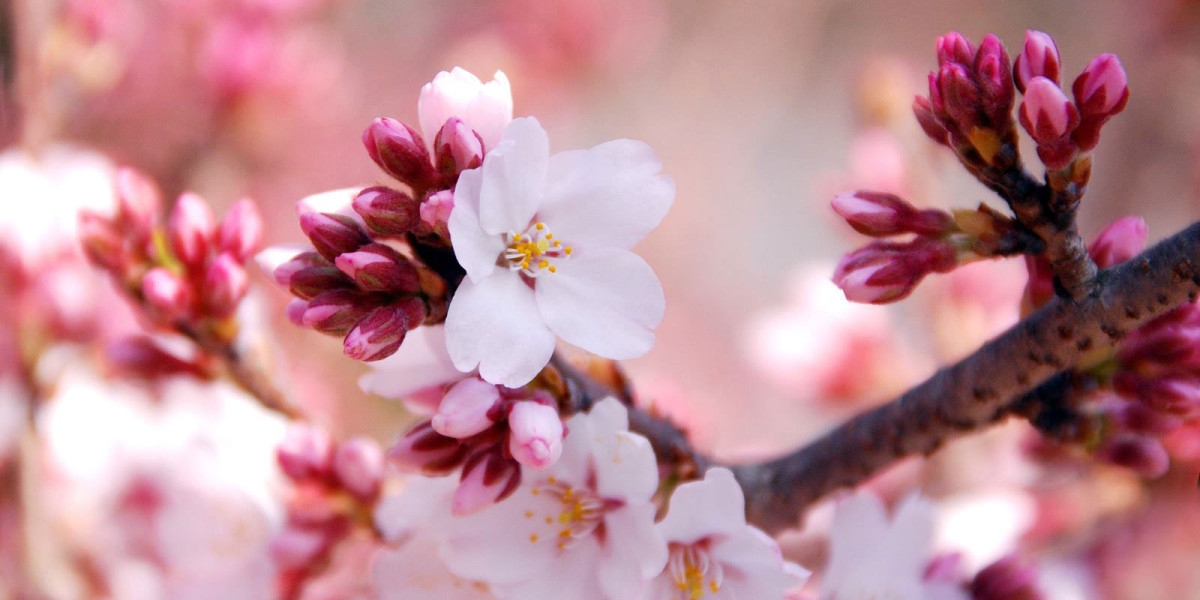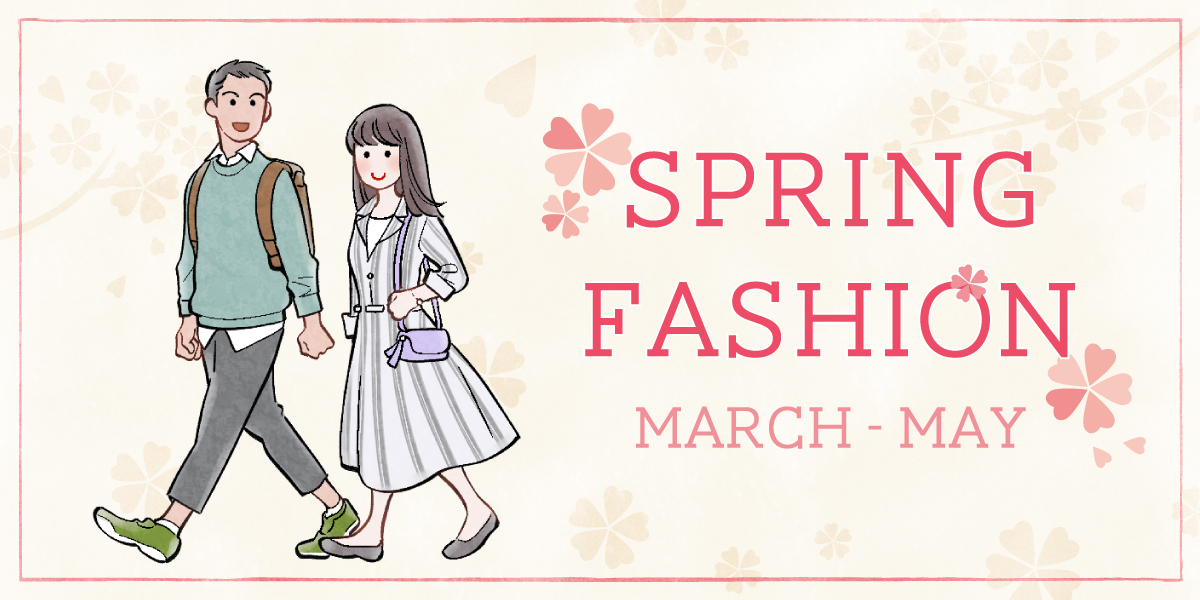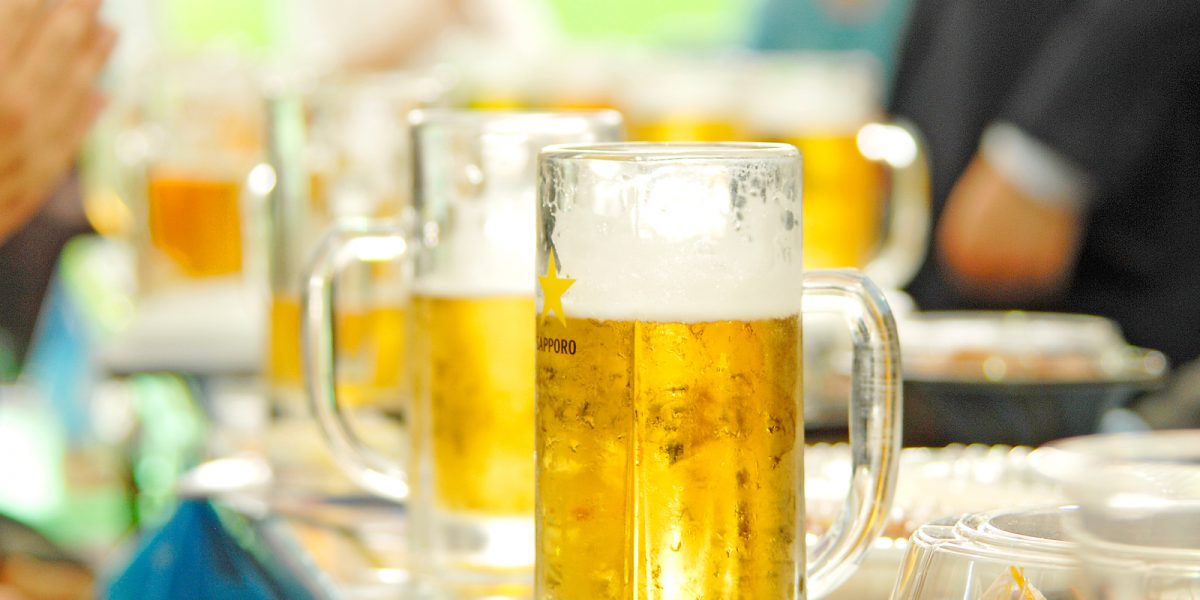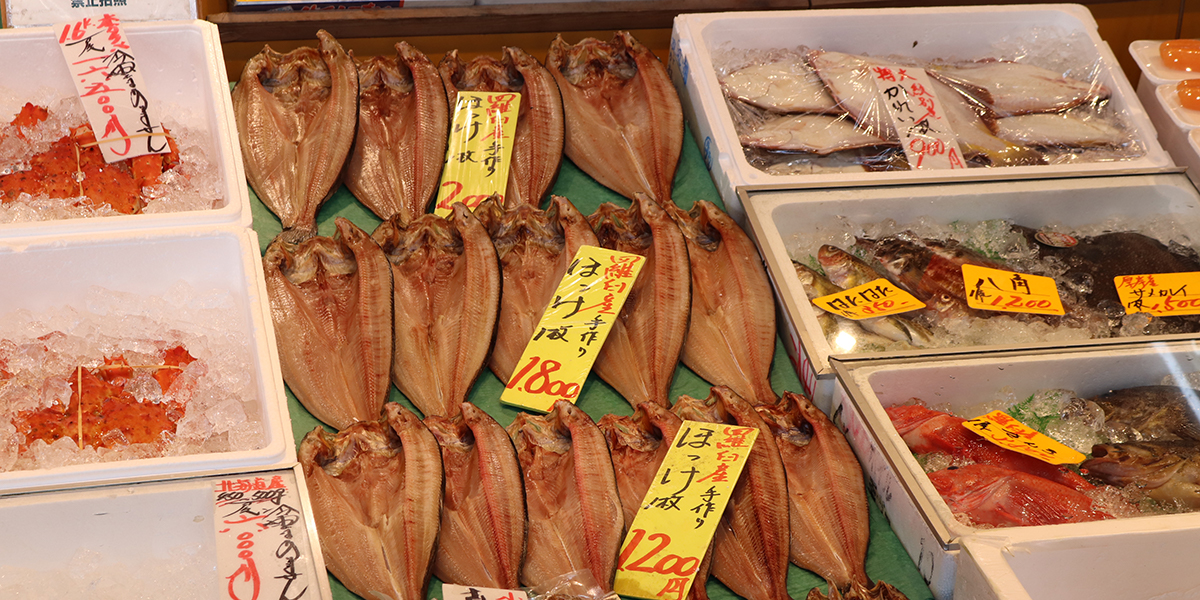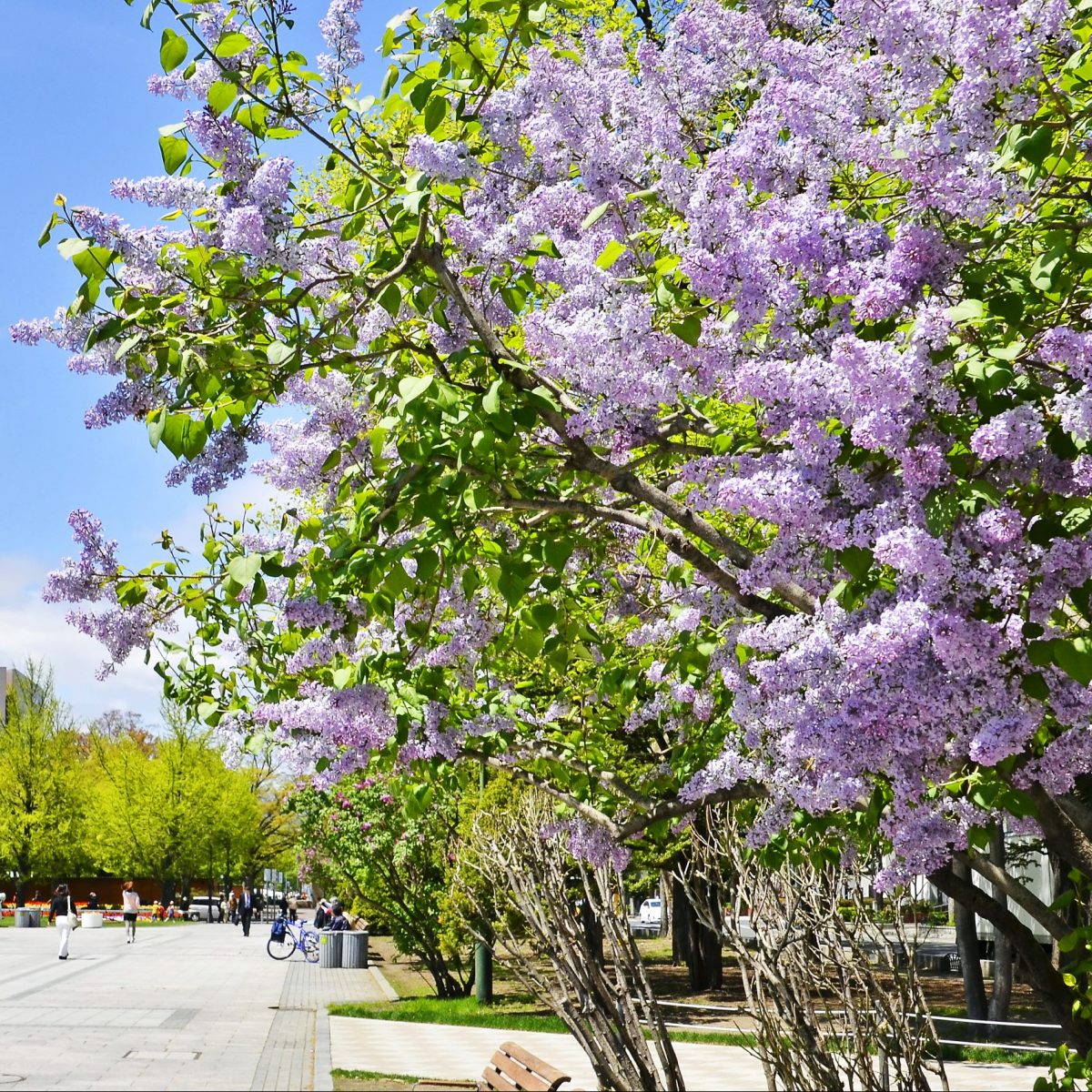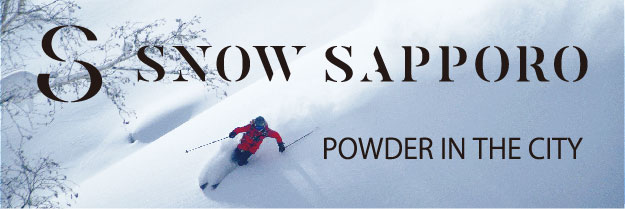Learn about Sapporo’s natural environment from reptiles and amphibians: Maruyama Zoo keeper Mr. Naoya Honda
Without a doubt, the most popular animals at Maruyama Zoo are the polar bears. The zoo is one of the few that have been successful in breeding polar bears, which are difficult to breed in captivity. Maruyama Zoo is characterized by its “Habitat Exhibition”, and as the natural behaviors of the animals are being drawn out by recreating the natural environment of their habitats, the animals are all very lively.
We recommend the hall of reptiles and amphibians to those who are visiting the zoo as tourists. It features all of Hokkaido’s reptile and amphibian species. We talked to zoo keeper, Mr. Naoya Honda, about the relationship between the nature of Sapporo and the zoo.
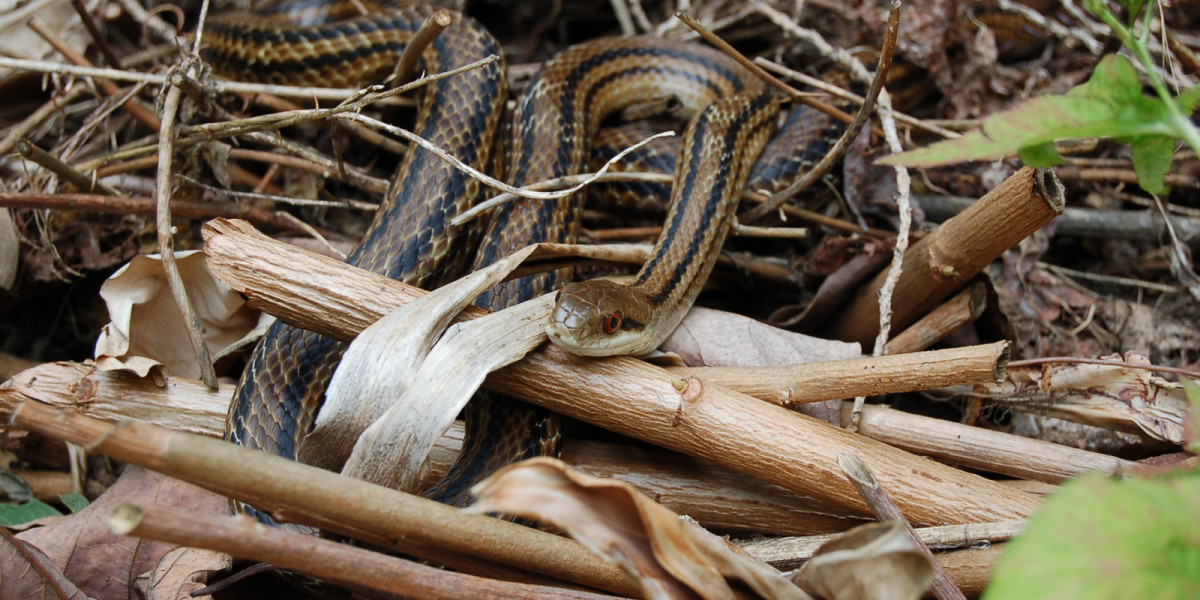
Drawing out the true nature of reptiles and amphibians with the creation of their environ-ment
“The ‘Hokkaido Zone’ features all of the reptile and amphibian species of Hokkaido. They hibernate in winter, and in spring, the amphibians begin spawning; the Ezo salamander, endemic to Hokkaido, begins laying eggs and the Hokkaido frog starts breeding. The fact that they are breeding inside the aquarium means that we have succeeded, to a certain ex-tent, in recreating the climate of Hokkaido. Mammals are capable of regulating their own temperature; however, reptiles and amphibians have a poor adaptive capacity, so estrus rhythms are created by varying the temperature and humidity in the aquarium. In the case of foreign reptiles and amphibians, different climates, such as the rainy and dry season, are being recreated in each and every aquarium.”
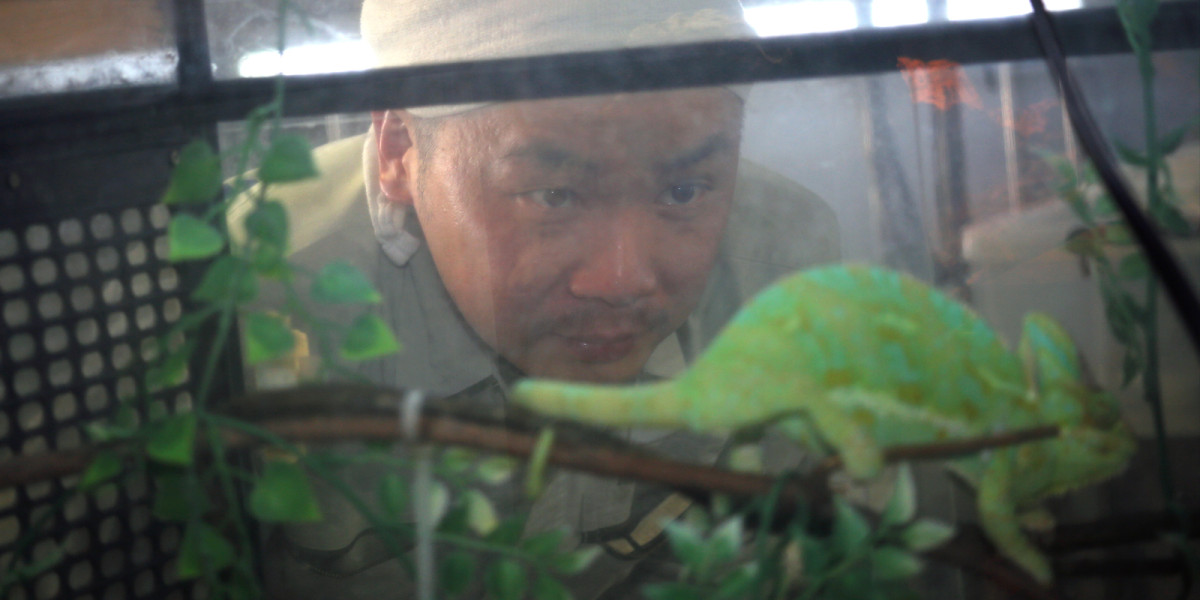
The world seen from the aquarium
Raising animals requires you to have good knowledge of their natural habitats. So says Mr. Honda. Apparently he often ventures into the “Maruyama Zoo Forest”, sandwiched between the zoo and Mt. Maruyama Primeval Forest, to find hints which can be applied to breeding.
“I want people to observe the scene in the aquarium and learn what kind of environment the animals are living in. Are they living in the desert, in a tropical rainforest or somewhere in Sapporo? Reptiles and amphibians are animals which are always present in the local area. The habitats of local animals are linked to our daily lives, and I frequently visit the forest adjacent to the zoo and continue my observations of the Japanese rat snake. I also get a sense of the changes in climate and environment that the animals are sensing, and I put this into practice when we are breeding them. It is often thought that keepers are only involved with the animals, but we also observe the animals’ living environment.”
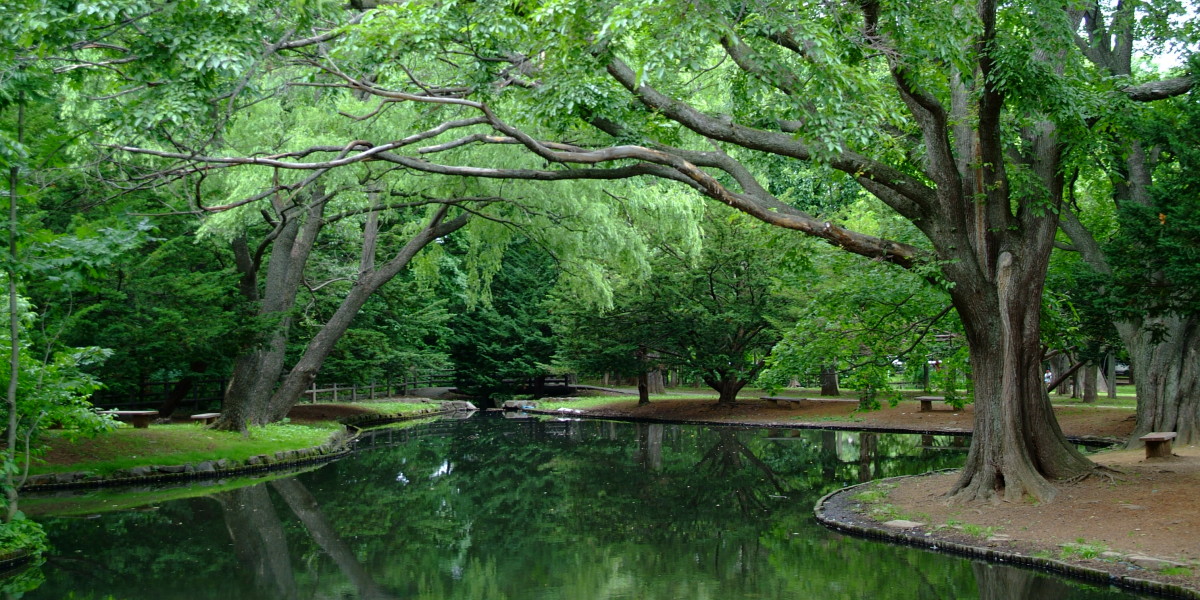
Walk through not only Maruyama Zoo, but also the forest, and make new discoveries
“There is an Ezo salamander breeding pond in the immediate vicinity of Maruyama Zoo. Visitors from Tokyo will be surprised that such a place exists in the heart of the city. Reptiles and amphibians are animals which are most susceptible to environmental changes. The reason that they are living close to the city is because there is an abundant forest in-habited by the small insects which they feed upon. However, breeding is becoming more and more difficult due to changes made to the forest by humans. It is my hope that opportunity to think about the environment in Sapporo and Hokkaido can be created from the changes in their ecology.”
Maruyama Zoo is a 15-minute walk from “Maruyama Koen” Station, on the Subway Tozai Line. Along the way is Maruyama Park, with its 200 or so cherry trees, Hokkaido Shrine, and the green way of the Mt. Maruyama Primeval Forest, where the trail up Maruyama mountain begins, and it is recommended that you take a course where you can enjoy a de-tour on your way to the zoo. There are also mini tours of “Maruyama Zoo Forest”, where you can take a stroll through the forest. In addition to visiting the zoo, going out into the surrounding areas and learning about Sapporo’s natural environment may well be a new way of enjoying Maruyama Zoo.

Naoya Honda
Born in Sapporo city in 1976, he started working at Maruyama Zoo in 1996. He is in charge of the hall of reptiles and amphibians, which exhibits 120 animals, representing about 60 species. From spring to summer he engages in field work in Hokkaido and Okinawa, searching for reptiles. He is also a Suwa-style falconer certified by the NPO Japanese Falconers’ Association, and is in charge of the free flight of birds of prey at the zoo.








